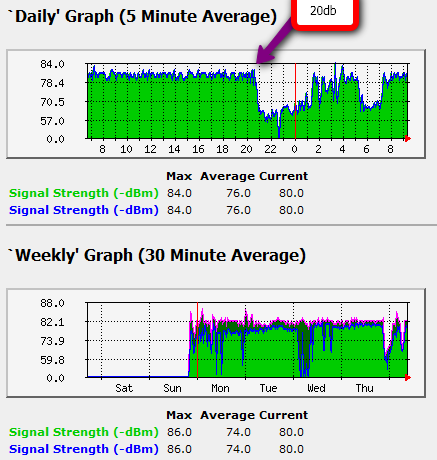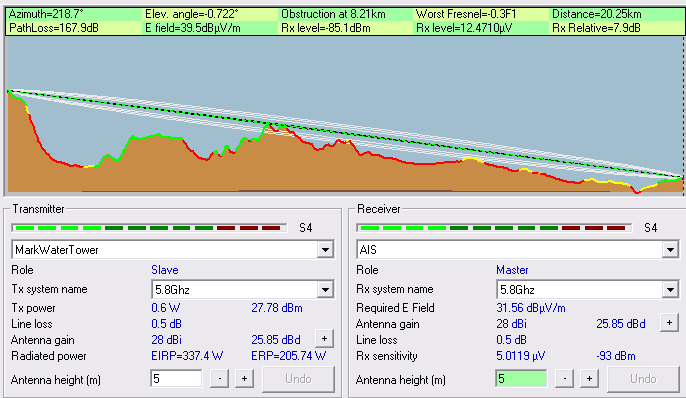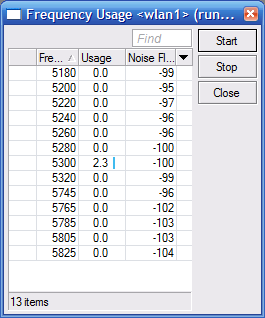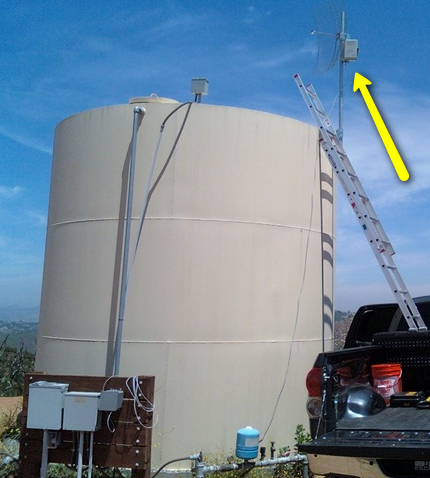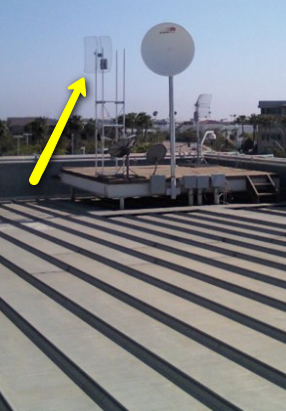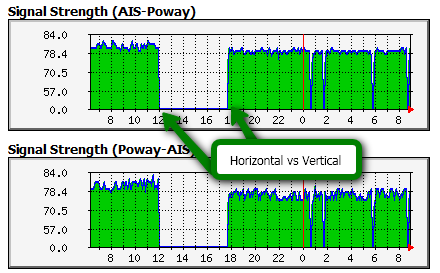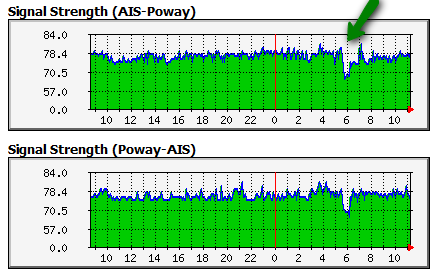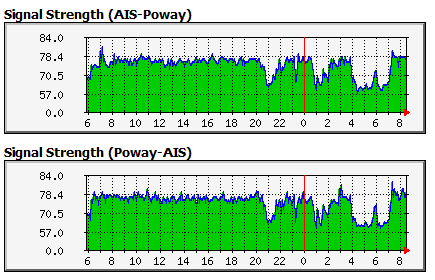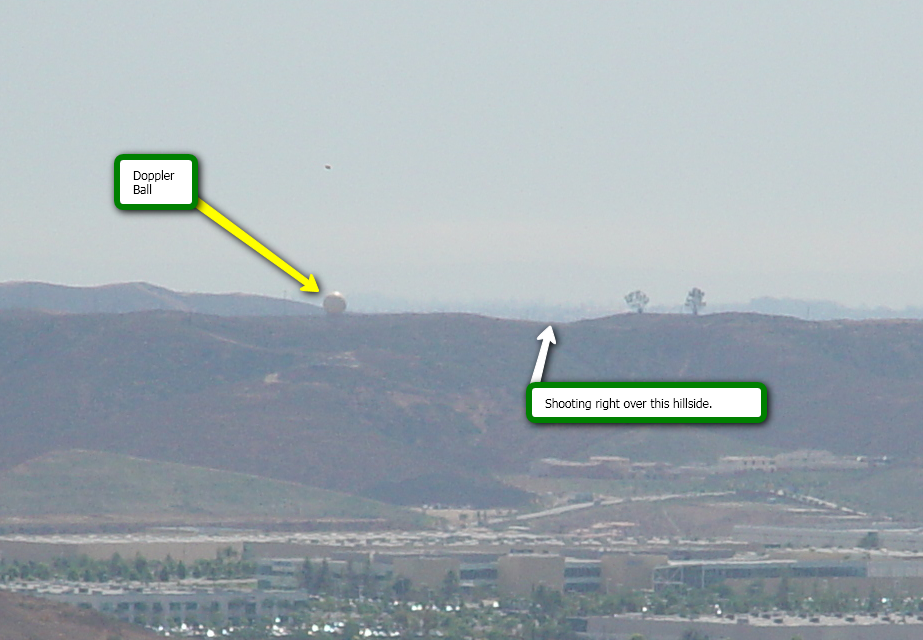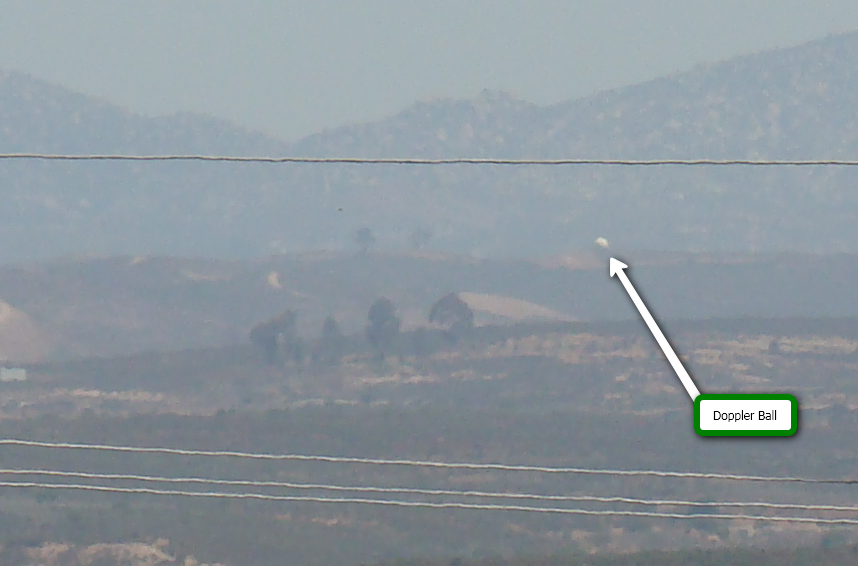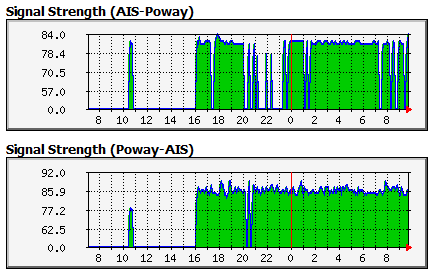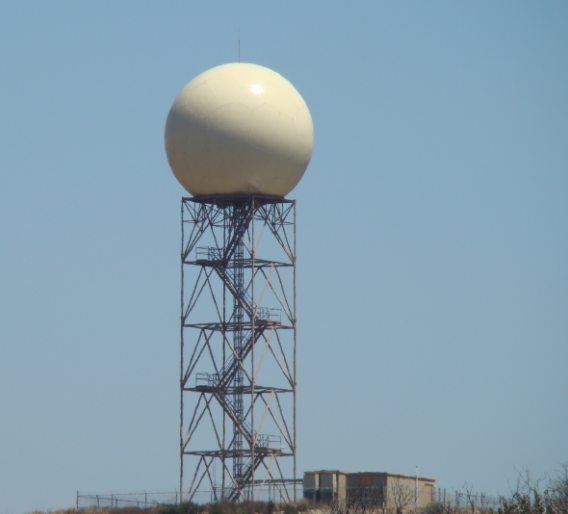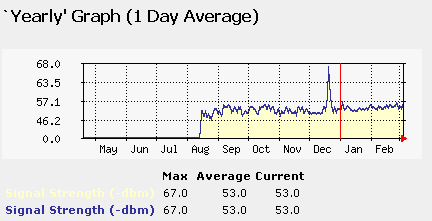No, the fresnel zone does not depend on the beamwidth of the antenna.
It depends only on frequency and distance.
True. But the beamwidth does have an effect on the amount of energy transported in the LOS tunnel.
Thus with the same Fresnel and same radio output you get better signal (=more energy) on the other end. Thus higher readings. The negative impact of the ´blocked´part of the Fresnel is the same in % but since the amount of signal received by the other end is higher, you have better signal levels.
Now before we think this can then also be achieved by just more power on the transmitter. It is not the same.
Bigger dishes or bigger mesh antenna's are not only better in converging (´tunnelling´) the signal, thus delivering more energy at the other end, but are also better in ´hearing´ in its focus direction when receiving the signal. So you win twice here instead of only once with higher power outputs. Aiming becomes more important now.
But this is an important element some of us forget. Just increasing power is usually not the way to go.
(Apart from the fact that most radios perform better under mediate power settings then max. settings. If possible leave them at default or drop a bit.)
Look at this radio link issue as an adjustable focus torch that you use to signal a guy with binoculars some miles away.
If your torch's light beam is wide you'll have a nice light close to you but your guy at the other end won't probably see you with its bare eyes, special if there are lots of other light around you and him.
Now converge the beam of the torch to the max and he might pick up the light if you point at the right direction. Your light will stand out compared to other surrounding light seen by the ´looker´.
It will make it all much better for the distant guy if he then starts to use binoculars.
You could also put a much higher voltage to the lamp of the torch when not converged yet. Your other guy will then also pick up the light from you, just before you bulb burns....
In the ´receiving end´ (the ´looker´) imagine the following:
When he uses bare eyes or a cheap binocular, he will only see the torch if it is focussed heavy and pointed in his direction or when it is unbelievably bright. But at the same time he will also see other lights in its surroundings, like a car using its head lights while hunting rabbits.... (Doppler radar hunting for rain...).
Now, if your ´looker´uses a telescope he will pick up your torch easy if he is pin pointed to the torch while probably doesn't even see the hunters car any more. You can even put some lesser volts to the bulb to extends it life time (not too low, the bulb then also start becoming to work less and shortens its life time. Just like a radio.)
In using the high dB dish antenna's you do both. Converge the beam and maximise the hearing while at the same time keep as much of unwanted signal out of your receivers (so lower noise level)
The only risk here is that when a strong signal happens to fall into the antenna and the signal is picked up by the receiver it might blow its receiver circuits.
(Imaging the ´looker´ uses the telescope to look comfortably at the torch and then lightning strikes direct in your path of vision. Worst case is he looses sight for ever.... In radio terminology, it will damage your receiver.)
So now you also have a tip to ´blow´ your competition out of the sky.
I know, not the purpose of this topic, but imagine you are the competition...... be aware!
